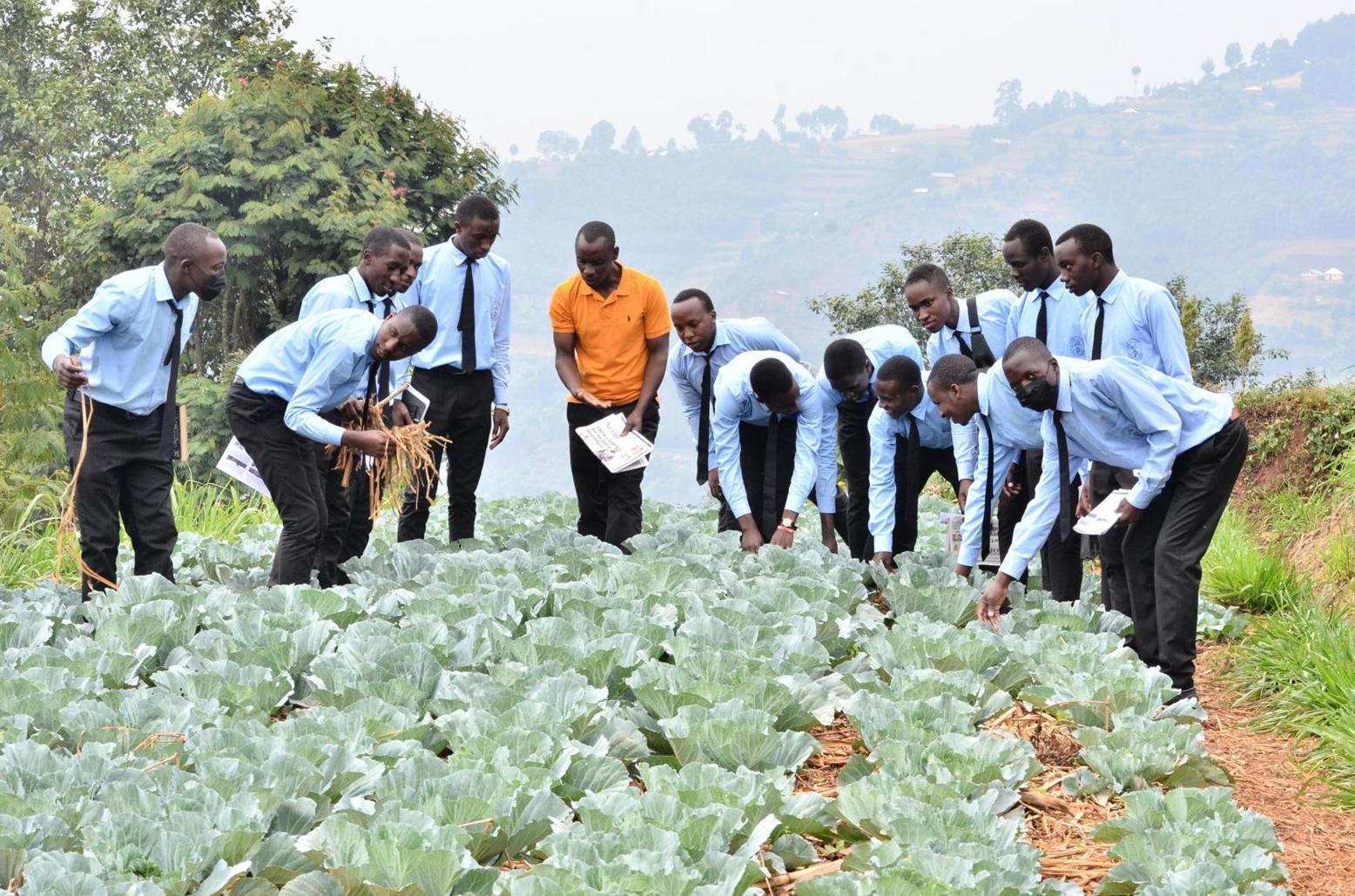Africa-Press – Nigeria. Uganda is endowed with agro climatic conditions suitable for the cultivation of a wide range of African indigenous vegetables.
However, few of these plants are domesticated, the majority being wild or volunteer plants.
They are abundant in the rainy seasons but scarce during the dry season, except a few grown mainly for selling in trading centres and urban markets.
Background
According to agricultural experts at the National Agricultural Research Organisation (Naro), conservation is far from satisfactory because most of the germplasm collected in the years 1943, 1969 -1974 and 1980 – 1984 has been lost. Current efforts to collect and conserve traditional vegetables have been hampered by lack of funds.
The most important traditional vegetables in Uganda are Amaranthus spp., common beans (Phaseolus vulgaris), butter beans (Phaseolus lunatus), Cow pea (Vigna unguiculata), Simsim (Sesamum indicum), Cassava (Manihot esculenta), Jute Mallow (Corchorus spp.) acorn squash, Cucurbita spp. and Eggplant (Solarium aethiopicum).
They contain protein, calcium, phosphorus, potassium, iron and vitamins A, B and C in important quantities and are either curative or preventive of a number of diseases.
The list of traditional vegetables used as folk medicine is long, and includes black jack (Bidens pilosa), Sickle Senna (Cassia obtusifolia), plumed cockscomb (Celosia argentea), wandering Jew (Commelina benghalensis), Corchorus spp., Guizontia abyssinica, Hibiscus spp., Lagenaria siceraria, Luffa cylindrica, S. indicum, Solanum indicum subsp. distichum, Tamarindus indica and Tribulus spp. Traditional vegetables are also used to obtain various other products and efforts are being made to increase awareness of the importance of traditional vegetables among rural women and to encourage the general population to cultivate and consume these species.
There is a major challenge of processing the seed for all these vegetable species within Uganda since most seed is imported from Netherlands.
As Such agricultural scientists at the National Crops Resources Research Institute (NaCRRI) have teamed up with Korea International Cooperation Agency (Koica) to breed five major vegetables for seed processing within Uganda.
How the breeding programme will be done
The programme leader for vegetable breeding at NaCRRI Dr Gabriel Ddamulira explaining the background of the breeding programme to Seeds of Gold noted that the research work is conducted under eight year project which started in 2019.
The team began by going to the farming communities across the country to assess the needs of the consuming communities and zeroed on five major vegetable varieties with commercial potential. It is being funded by the Republic of South Korea through Koica. The vegetables being bred are pepper, onions, cabbages, tomatoes and nakati all using locally processed seed. Once they are grown in specified area, to asses adaptability in the various agro ecological zones, the scientists will be in position to process parent seed which will be given to seed companies for further multiplication.
“The horticulture sector lacks seed processed directly within the country from locally bred vegetables both indigenous and exotic varieties. It is the reason we are breeding onions, cabbages, pepper, tomatoes and nakati which is adaptable to Ugandan condition out of which we are going to process seed for both the local and export market,” Dr Ddamulira noted.
The process of breeding vegetables
Dr Ddamulira explained that scientists at NaCRRI have the mandate to breed vegetables of various varieties, spices and oil palms. In as far as the vegetables are concerned farmers are growing them for direct vegetable consumption either in form of leaves and seed but the leafy vegetables are grown either from seed saved by farmers or imported into the country. Since his team is thinking of germplasm conservation, it is the reason they are embarking on strengthening the seed system. The breeding is targeting yield potential, pest and disease resistance, climate resilience and market desirability.
Product development
During product development the team looks at what consumers prefer, they collect the seed of interest which is tested in the laboratory where traits of interest are developed according to the farmers need. This follows with the selection of varieties of the seed which is usually planted and harvested from various multi locational trial sites.
The variety selection can be using conventional method or marker assisted molecular selection.
Once this is done, then the breeders will present the seed before the variety approval committee at Ministry of Agriculture for approval and consequent release for farmer uptake.
The five selected vegetables varieties will initially be tested in sites located in Nyenga, Kasese, Butalejja, NaCRRI and Kawanda.
Germplasm conservation
According to Dr Ddamulira in historical times farmers used to conserve seed in smoky places within a house which is no longer the case.
Currently there is need for germplasm bank with required temperature for seed conservation which is capable of keeping seed for more than 100 years.
Newly vegetable released varieties
The scientists recently released 12 varieties of vegetables which include pinktop and taten tomato varieties which can be harvested for a period of one year.
Others are eggplant namely Miggeuni and Heukmi, sukumawiki varieties namely Matjang and Je Guijok, cucumber varieties Gangryuk-samcheok and Shinbinakhap. Cabbage varieties which include Onnuri, Hogirl, Noranja and Bulam3ho 1.
The initial seed for these vegetables are from China and South Korea, they are high yielding under good management conditions.
The vegetable varieties are resistant to pests such as black rot, whitefly cabbage butterfly and diseases namely fusarium crown rot, bacterial wilt and cucumber mosaic virus.
For More News And Analysis About Nigeria Follow Africa-Press







